Spitfire Storyboards – Intro to Blender for Storyboards and Animatics
$50.00 $35.00
Delivery: Within 7 days
Spitfire Storyboards – Intro to Blender for Storyboards and Animatics
Are you looking to learn the blender ‘How to’ to start creating 2D 3D storyboards and animatics using Blender? But How to make that JUMP from 2D to 2D/3D ?
This 6 Lesson Mini Course (which is a Standalone version of Module 2 of my MASTERCLASS) is for Blender beginners who just want to learn the basics and functions without any of the broader storytelling and process framework found in my Masterclass, and who are not yet looking to commit to a full course.
This Course shows you where all the tools are and how to use them.
What You’ll Learn In Intro to Blender for Storyboards and Animatics
Blender – UI, Navigation and Main Functions
Moving into 3D now, using blender and the World File provided, we cover all of the main UI and Navigation features that are commonly used, along with some handy tips and tricks to make the process more fun and fluid.
Blender – Creating Cameras and Ordering Shots
Next we explore the world file for storing views for either staging plans or potential shots and camera angles. We then create a number of cameras , discuss controls and keying motion, then ordering them on the timeline to create a short run of shots.
Blender – Expanded Camera Techniques
In this bonus lesson, we cover how to make more complex camera movements, like sweeping aerial shots, first person cameras and tracking shots, introducing camera constraints and simple rigs into the mix, for more controlled, precise motion.
Blender – Grease Pencil 2D and Basics
Diving purely into the awesome Grease Pencil tool, we run through all its main features and functions from a 2D perspective. Everything from drawing, layers, materials, fills, canvas, onion skin and more.
Blender – Grease Pencil 2D in 3D Space
Now we explore the Grease Pencil in its true potential – a 2D object in 3D Space. The heart of the hybrid technique. We’ll cover many examples of how the tool can be used in 3D , the different modes, and discuss some more complex examples.
Lesson 10 – Blender – Export and other features
Here we go through how to export from blender in different formats, as well as some brief but handy segments on the realtime compositor, importing reference video, the different styles of the viewport, and video sequence editor etc.
More courses from the same author: Spitfire Storyboards
Be the first to review “Spitfire Storyboards – Intro to Blender for Storyboards and Animatics” Cancel reply
You must be logged in to post a review.
When will I receive my course?
You will receive a link to download your course immediately or within 1 to 21 days. It depends on the product you buy, so please read the short description of the product carefully before making a purchase.
How is my course delivered?
We share courses through Google Drive, so once your order is complete, you'll receive an invitation to view the course in your email.
To avoid any delay in delivery, please provide an Gmail and enter your email address correctly in the Checkout Page.
In case you submit a wrong email address, please contact us to resend the course to the correct email.
How do I check status of my order?
Please log in to Courseforjob account then go to Order Page. You will find all your orders includes number, date, status and total price.
If the status is Processing: Your course is being uploaded. Please be patient and wait for us to complete your order. If your order has multiple courses and one of them has not been updated with the download link, the status of the order is also Processing.
If the status is Completed: Your course is ready for immediate download. Click "VIEW" to view details and download the course.
Where can I find my course?
Once your order is complete, a link to download the course will automatically be sent to your email.
You can also get the download link by logging into your Courseforjob account then going to Downloads Page.
Related products
Design & Creative
Design & Creative
Design & Creative
Design & Creative
Design & Creative
Design & Creative
Design & Creative
Design & Creative
Emil Pakarklis – iPhone Editing Academy – iPhone Photo Masters

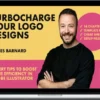
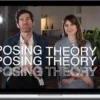
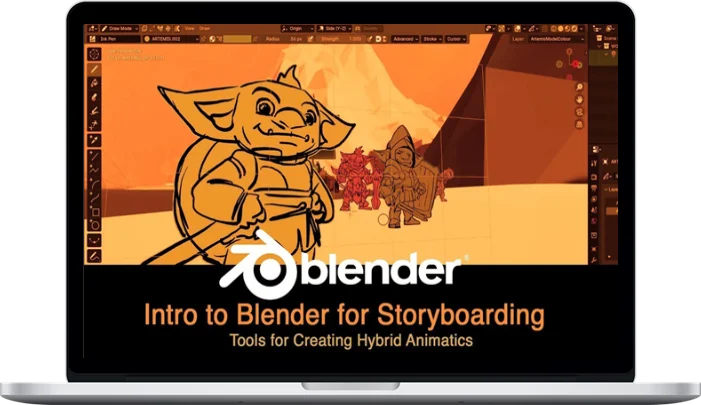

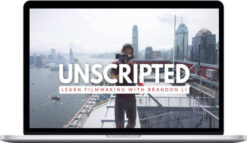
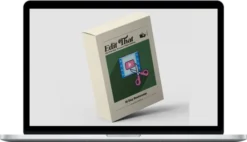
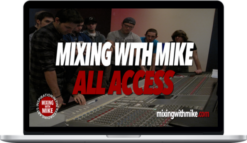
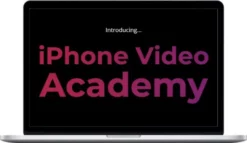
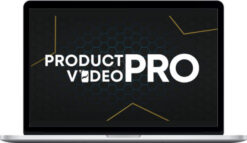
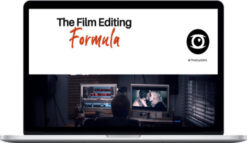
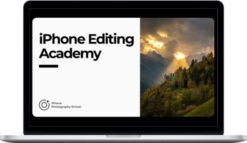
Reviews
There are no reviews yet.